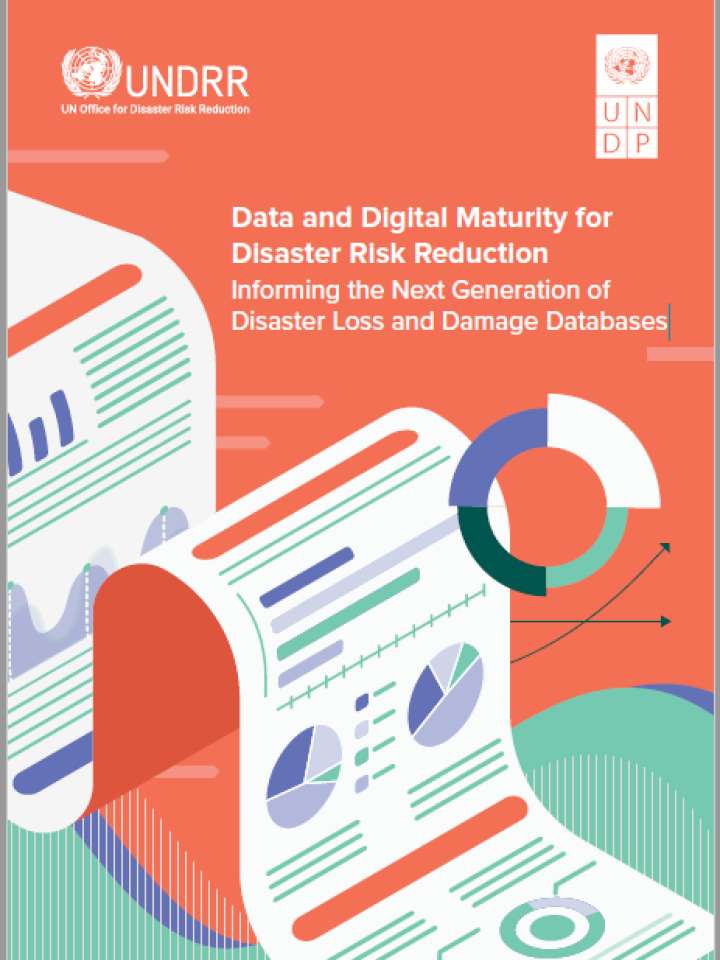Data and digital maturity for disaster risk reduction: Informing the next generation of disaster loss and damage databases
This report documents the assessment of the status of national disaster loss databases in 13 countries and presents lessons to guide the next generation of disaster loss accounting systems (DLAS). Monitoring disaster loss and damage is an integral part of risk governance, humanitarian programming, and public and private investments. Disasters of all dimensions, simple or complex, acute or protracted, are all felt at the local level; therefore, tracking disaster losses at this level is of critical importance.
Some of the broad takeaways in this report include:
- Government leadership: Disaster data systems under or with formal attachments to government (departments or a national coordinating entity) are more likely to operate smoothly and effectively.
- Context specific: To be able to serve as an important tool for disaster preparedness, risk assessment and risk-informed development planning, future disaster data systems need to consider the context of countries and be tailored to national and local requirements.
- Capacity and skills: National and local leadership should be complemented with enhanced capacity and technical skills of government staff in data and digital management and technology.
- The digital ecosystem: Disaster data systems need to be embedded in a larger digital ecosystem that extends well beyond data and technology issues, including people, procedures, governance and financial resources.
- Learning and sharing: Mutual learning and sharing platforms are needed to facilitate knowledge-sharing across countries and provide a basis for active interaction, including online sharing of resources, training materials and other forms of support.
Explore further

Number of pages
84 p.
Publication year
2022